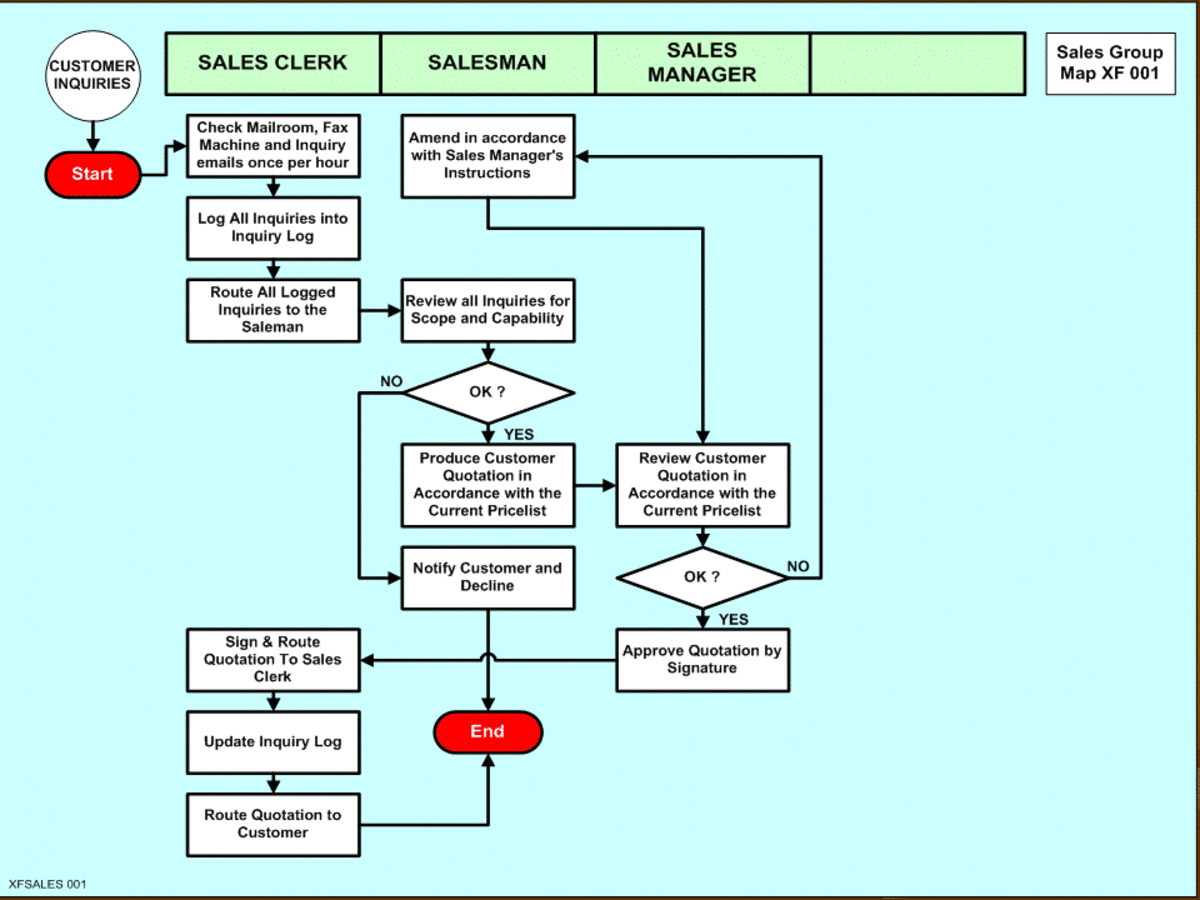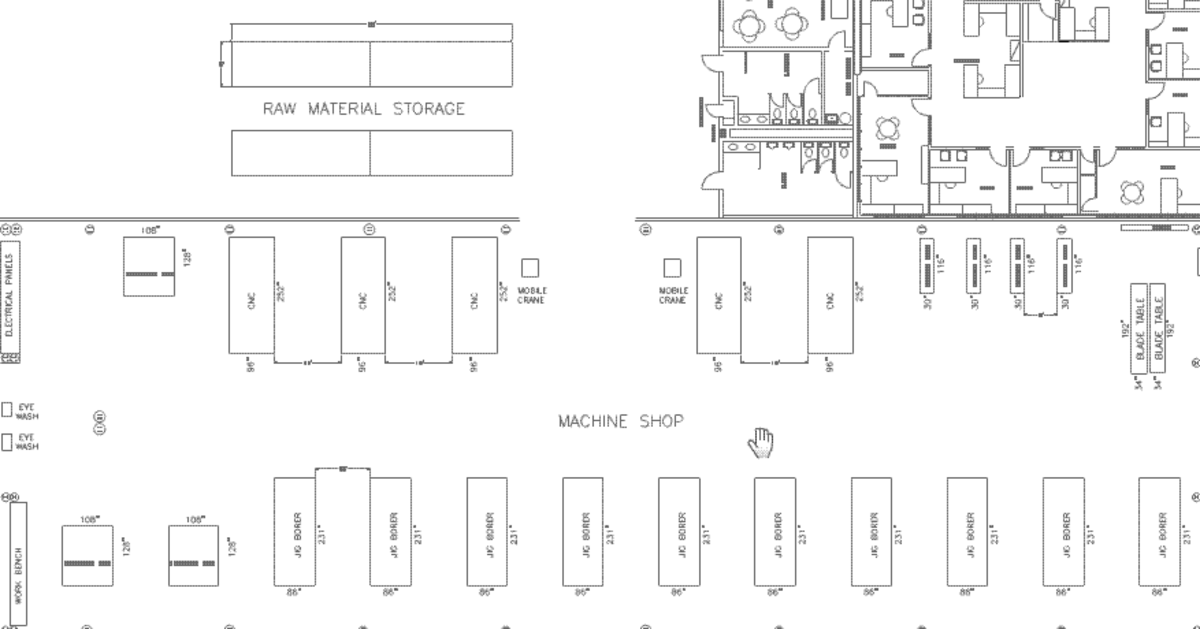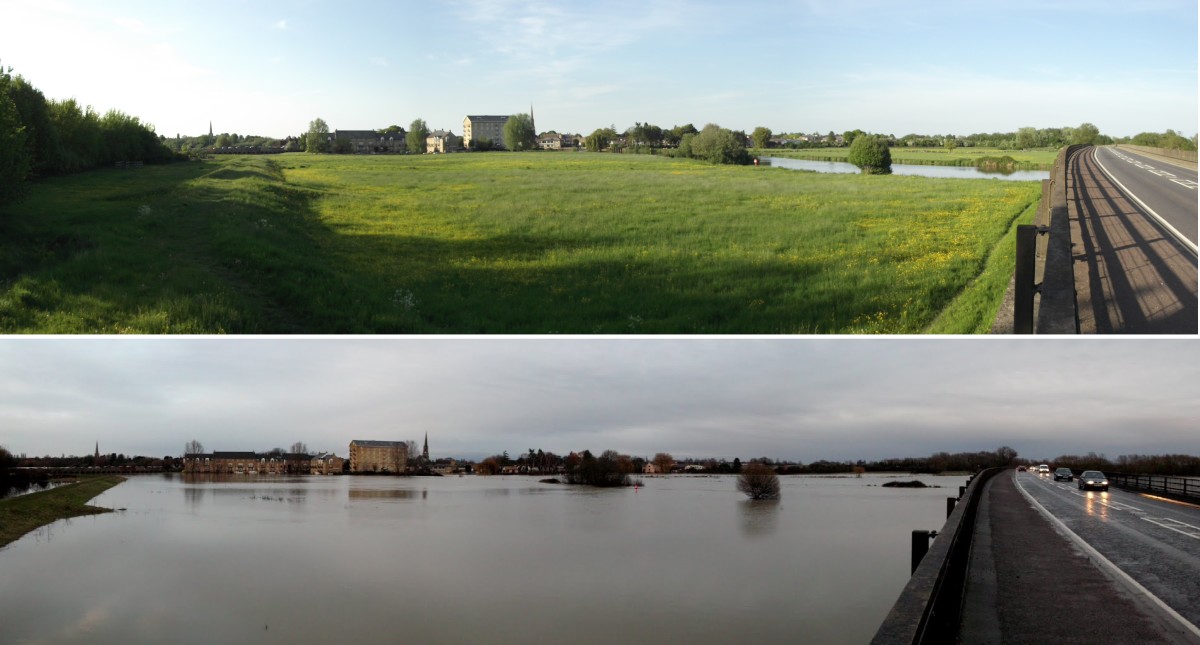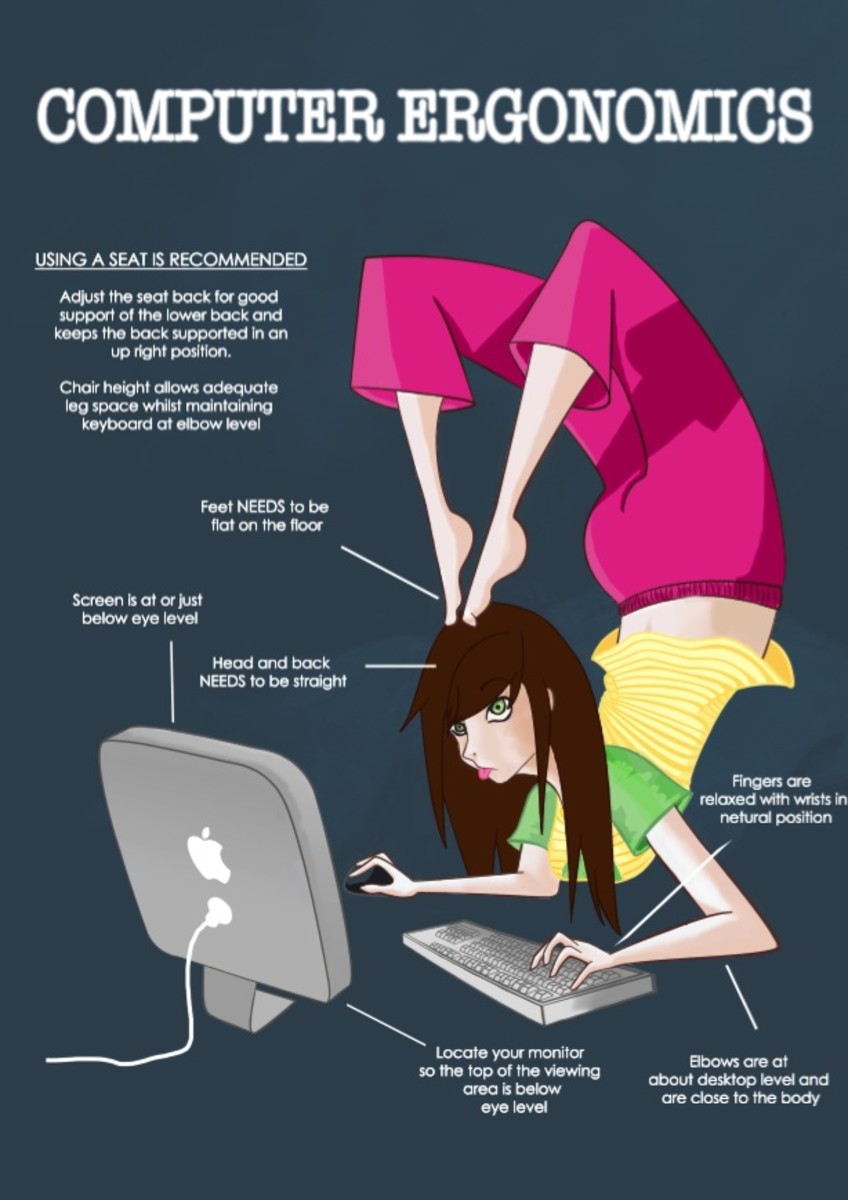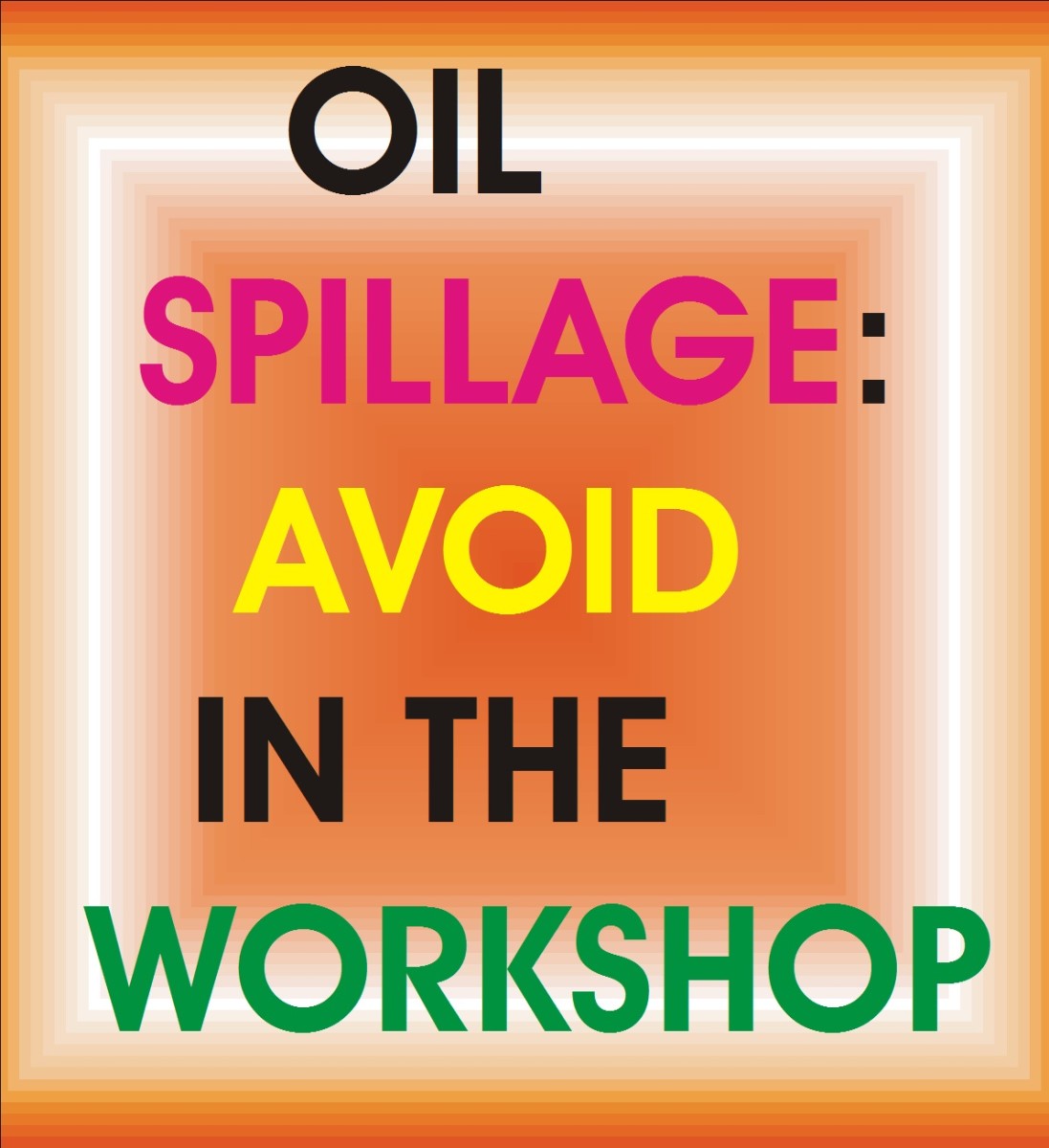Hearing Protection Standards
Hearing protection standards generally state a noise exposure level for which employers must provide hearing protection, methods of measuring the noise level and the levels at which employees must wear it. Hearing protection is part and parcel of industrial health and safety requirements.
Organizations That Set Hearing Protection Standards
ANSI International sets hearing protection standards for the United States. ISO technical committee TC 43 subcommittee SC1 issues standards for hearing conservation programs, machinery noise, noise exposure and noise measurement.
The Occupational Safety and Health Administration or OSHA in the United States sets workplace noise limits. NIOSH issues recommendations of recommended noise exposure levels that are often adopted by OSHA.
ISO Hearing Protection Standards
ISO 1999 contains reference databases with the average hearing level for individuals of different ages and genders. Groups with faster hearing loss that expected based on ISO 1999 tables indicate a noise exposure problem in the workplace.
ISO 226 contains decibel curves used to measure noise levels. This standard contains the data used to generate normal equal loudness level contours.
ISO 389 gives the procedure for determining the equivalent sound pressure level of pure tones used in auditory testing. Some of the data in this standard was included in the 1996 version of ANSI standard S3.6. ISO 9612 lists ISO's guidelines for measuring the noise level in a work environment.
ISO 6189 outlines the procedure used when testing hearing thresholds using pure tones. ISO 6189 contains parts similar to ANSI S3.21.
ISO 7029 gives the expected hearing thresholds for individuals who have not been exposed to noise levels. Ideally, those who have had proper hearing protection will meet these statistical distributions. ISO 7029 has separate charts for men and women with distributions for those with above average, average and below average hearing.
An individual’s hearing is compared to the general population as well as the employee’s prior testing data. Someone who had hearing at the tenth percentile last year and remains at the tenth percentile this year has not had hearing loss. Someone who tested at the 90th percentile this year but tests at the 85th percentile this year has probably suffered hearing loss. ISO 8253 gives the approved method of performing audiometric tests.
ISO 8253 part one uses pure tones that employees hear through the air. In ISO 8253 part two, the hearing is tested using bone conduction. ISO 11904-1 describes the procedure for testing someone's hearing when a microphone is placed in the person's ear.

ANSI Hearing Protection Standards
ANSI S3.44 describes the method of determining occupational noise exposure and estimating hearing loss caused by the noise. This standard is similar to ISO 1999.
ANSI S12.16 gives the laboratory methods used to determine the effectiveness of hearing protection devices. ANSI S12.6 is the standard for measuring the noise reducing capabilities of hearing protection devices like ear plugs. ANSI S3.6 outlines the technical specifications for audiometers, the devices used to measure someone's hearing threshold. ANSI S3.6 contains information also contained in IEC 60645-1.
ANSI S3.4 gives the procedure for calculating the loudness of different classes of noise. Machinery noise and human speech are treated differently. ANSI S3.14 gives a numerical method of rating speech interference based on noise level measurements.
ANSI S3.2 gives the methods of measuring the intelligibility of speech over communication systems such as loud speakers. ANSI S3.2 gives several lists of English words to be read over the loudspeaker to determine how intelligible the speaker’s words are.
ANSI standard PTC 36, originally issued by the ASME, describes the process of measuring the sounds produced by mechanical equipment.
ASTM Hearing Protection Standards
ASTM 1130 describes how to calculate an articulation index or the degree of speech privacy in an open office. The articulation index calculation includes the standard speech level, background noise level and articulation weighting factors. This value can be used to estimate how far away a conversation can be heard and if additional sound proofing is necessary to ensure the privacy of a conversation in a given area.
ASTM E1014-84 gives the procedure for creating an average weighted sound level measurement outside. E1503-97 is a test procedure for determining the sound level using analyzers put in several specific locations.
Noise Exposure Limits
Noise exposure standards often set a Permissible Exposure Limit or PEL. The PEL sets an average, weighted sound level in decibels to which people can be exposed over an eight hour period. The Lmax is the maximum sound level to which workers can be exposed. (Lmax is also called the Lpeak.)
The Lmax or maximum noise exposure limit varies from nation to nation, with a maximum of 140 decibels in Australia and an Lmax of 115 decibels in Argentina. The average exposure limit hovers around 85 decibels.
In the United States, OSHA requires employers to have a hearing protection program when the noise dose corresponds to an 85 decibel weighted average. Acceptable noise exposure limits are part of a loud workplace’s health and safety requirements.
Related Hearing Protection Standards
American Refrigeration Institute or ARI standards give the sound ratings of different refrigeration and HVAC equipment.
Society of Automotive Engineers standard SAE J1075 gives the procedures and approved test equipment for measuring the sound level at a construction site. SAE J1075 outlines the test methods for determining the exterior sound level produced by large vehicles like trucks and buses, while SAE J34 gives the test procedure for motor boats.
ASME vibration standards are separate from noise level and noise generation standards. However, redesigning equipment to meet ASME vibration standards can reduce the noise created by mechanical vibrations.


